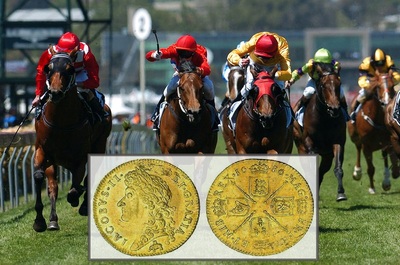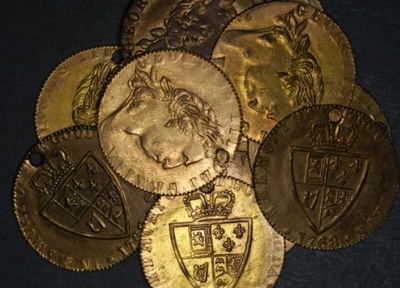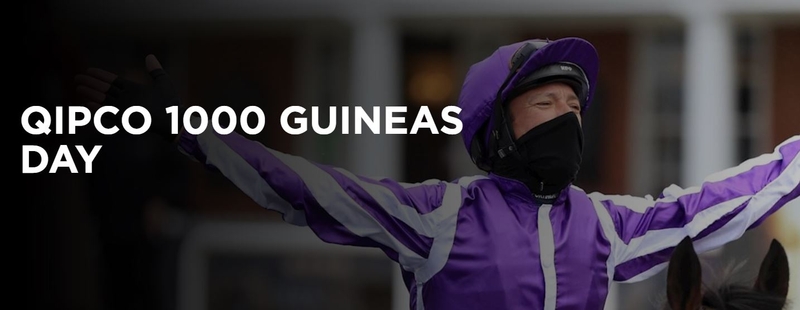 In common with most sports, horseracing does its best to move with the times, with those at the top charged with doing all they can to attract new fans. Whether it be stronger links with social media, live music events after the racing, or completely new initiatives such as the Racing League, racing organisers can be applauded for their efforts. And with new fans coming into the game all the time, the various initiatives seem to be doing the trick.
In common with most sports, horseracing does its best to move with the times, with those at the top charged with doing all they can to attract new fans. Whether it be stronger links with social media, live music events after the racing, or completely new initiatives such as the Racing League, racing organisers can be applauded for their efforts. And with new fans coming into the game all the time, the various initiatives seem to be doing the trick.
As much as it attempts to push on into the modern era though, horse racing unavoidably remains one of the oldest sports on the planet, and is quite rightly proud of a history few others can match. The many historic tracks dotted up and down the British Isles are testament to racing’s heritage, as are the centuries-old feature races spread throughout the season. Another sure sign of racings elderly status comes via elements of the language used within the sport, with a number of phrases continuing to be used within racing, heedless of the fact they no longer appear in almost any other aspect of life. Nobody measures distances in furlongs anymore after all do they? And nor do they pay for items in guineas.
For those wondering, a furlong is one-eighth of a mile, but it is to the second of those outdated terms to which we turn our attention here. What on earth is a guinea? And why are they used to denote the price of a racehorse?
What is a Guinea?

In racing the term “guinea” or “guineas”, often abbreviated to gn. or gns., is most frequently used in reference to the price of a horse. It will therefore be no great surprise to learn that the guinea is a now outdated coin of currency.
Minted in Great Britain between 1663 and 1813, and containing around a quarter of an ounce of gold, the guinea was in fact Britain’s first-ever gold coin to be struck using a machine – as opposed to the previous manual hammering method. The name guinea was adopted due to the fact that the gold used was more often than not sourced in the British colony of Guinea in West Africa.
Initially equal to the value of 20 silver shillings (or £1 in today’s money – with a shilling being equivalent to 5p), in those days the value of one coin to another was directly related to the materials from which they were made – leading to the value of a guinea fluctuating wildly. If the price of gold increased in relation to that of silver, it would therefore take more silver shillings to buy one golden guinea, with the result that a guinea might be worth 20 shillings one year, 25 the year after and 30 in the following year. It was a strange situation, and one which the British government sought to rectify in 1717 when permanently fixing the value of a Guinea to 21 shillings, or £1.05 in today’s money.
Over time, the guinea slipped out of circulation, being muscled out by the pound as the major unit of currency during the great recoinage of 1816. Whilst it largely disappeared in physical form, it did however continue to exist as a unit of account for a while longer, maintaining that £1.05 value assigned to it in 1717. It must be noted that it was within the upper echelons of society where the guinea lingered longest, being used to quote professional fees of lawyers, in addition to the purchase of land and luxury items such as artworks and, of course, racehorses.
As the years passed, the use of the guinea in the professional sphere, and the majority of the luxury items market, eventually faded, giving way to the actual currency of the time – the pound. The one notable exception coming in the world of horse racing, with the sport clinging on to this element of the past, much like it refused to give up the beloved furlong.

The association of the guinea with the sport isn’t solely restricted to the purchase and sale of racehorses.
In fact, were you to mention the word guinea to many racing fans, the first thing to spring to mind would be the 1,000 and 2,000 Guineas at Newmarket. The first two of the season’s five classic contests, the titling of these events is related to the prize money of the inaugural editions back in 1814 and 1809 respectively.
Whilst the prize money on offer in the modern era is now far in excess of those initial amounts, it is understandable that the races have maintained their original titles as a nod to their historic roots. They have always been named as such, and most likely always will be, and we can’t imagine too many fans would want to see this changed. What is a little more difficult to understand though is just why racehorse prices continue to be quoted in guineas.
Guineas and the Sale of Racehorses
 And in all honesty, there appears to be no logical reason why horses, and occasionally rams, continue to be sold in guineas, whilst many other items previously priced in such a manner have shifted to the pound long ago. For almost everything, the decimalisation of 1971 marked the final shift away from the “old money” but, for better or worse, many racing salesrooms have clung to the guinea as the bidding currency of choice.
And in all honesty, there appears to be no logical reason why horses, and occasionally rams, continue to be sold in guineas, whilst many other items previously priced in such a manner have shifted to the pound long ago. For almost everything, the decimalisation of 1971 marked the final shift away from the “old money” but, for better or worse, many racing salesrooms have clung to the guinea as the bidding currency of choice.
The first thing to note here though is that given the fact that guineas no longer actually exist as a form of legal tender, what it actually means when someone pays one guinea for an item, they are really paying £1.05, using the value assigned way back in 1717.
The second important point regarding the sale of a horse is that whilst the buyer bids in guineas and will pay the full value of their bid, that is to say £1.05 for every guinea, the seller will only receive £1 for every guinea, with the spare 5p traditionally being kept as the auctioneer’s commission. Take for example a horse sold at auction for 1,000 guineas. In this instance the buyer would pay £1,050 (1,000 x £1.05), the seller would receive £1,000 with the auction house then retaining £50. In a way, this does make it simple for the seller to keep track of how much they will receive for the horse, as they merely need to convert the guinea value directly into pounds using a one to one conversion.
A Good or A Bad Thing

“What is a guinea? ‘Tis a splendid thing.” At least according to 18th-century writer Stephen Kemble anyway. But what about in the modern day and age? Does the guinea really have any place in horse racing, having all but disappeared from the rest of society?
Some would argue that it doesn’t, suggesting that such outdated terminology only serves to enhance racing’s elitist, closed image, and if anything serves as a deterrent to potential new racing fans. And in the name of modernisation, a number of auction houses have now switched to pounds, whilst of course retaining the 5% commission. This does lead to the prices of some runners being quoted in pounds, and others in guineas, depending upon where they were sold, which seems an unnecessary confusion, even bearing in mind just how close the units of currency are in value.
The suspicion is that in time, the guinea of the salesroom will become obsolete; but for now, this language of yesteryear remains in place. And really it does no great harm, with some racing fans likely to assert that this nod to the past even serves to enhance the unique charm of the sport.
And finally, if you do happen to come across a bag of guineas at the bottom of your great grandparent’s cupboard, you may just want to keep a close eye on it. With an average guinea coin containing around 8.3g of 22-carat gold, the actual 2021 value of a single guinea comes in at close to £300 – making a bag full of those a very splendid thing indeed!
